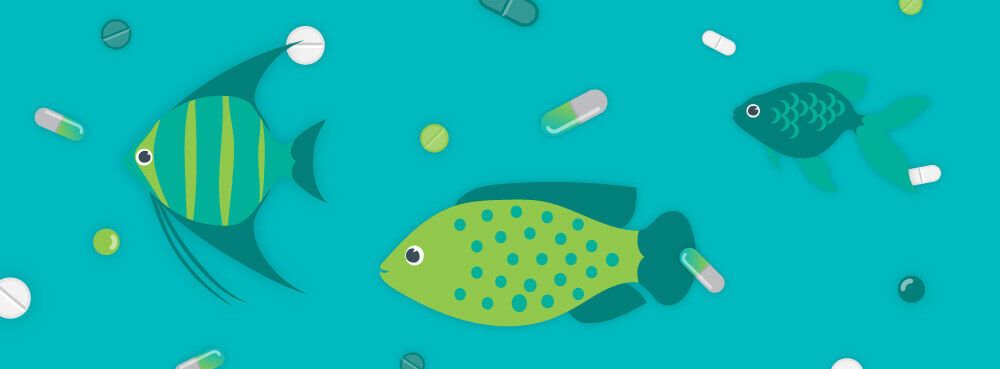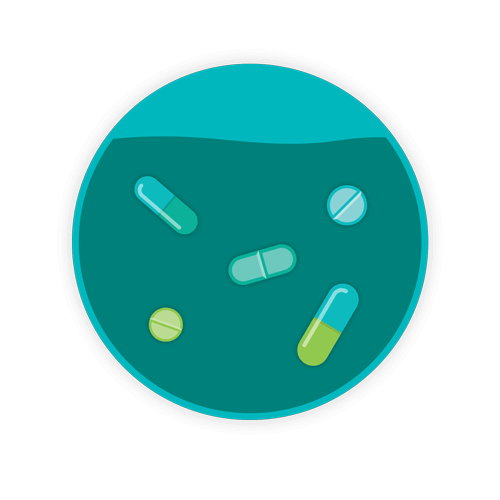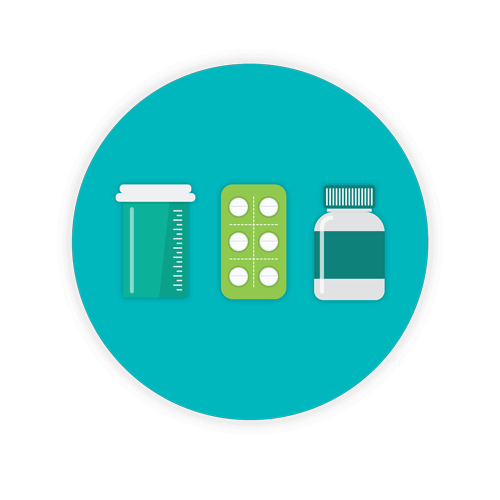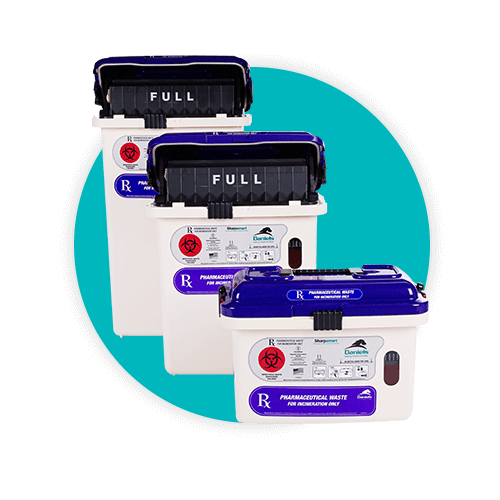Keep Pharma Waste out of Waterways

Water is a keystone for life—without access to unpolluted water, every aspect of life suffers. Our planet is changing and not in completely positive ways. We must do what we can to divert pharmaceutical waste properly and keep it from infiltrating our waterways, fish, and crops.
Like other major corporations throughout the US, Daniels Health is dedicated to providing methods that reduce the amount of medical waste generated by healthcare facilities that ends up in our environment. Pharma waste management and the cradle-to-grave approach is intended to increase responsibility and accountability for healthcare waste generators. Through proper disposal and management, pharmaceutical waste should never end up in our water. Fortunately, the EPA recently adopted a new pharmaceutical standard, Subpart P, that has put a sewer ban on RCRA Hazardous Pharmaceuticals. This new standard will hopefully result in less harmful pharmaceuticals in our water.
No one wants spring water with a hint of pharmaceuticals or fish with traces of antidepressants.
Pharmaceuticals – they’re in the water
It wasn’t that long ago (in 2008), that an alarming number of pharmaceuticals were found in drinkable water in over two dozen water suppliers from large metropolitan cities. According to the American Rivers organization, nearly half of those water suppliers that were contacted couldn’t – or wouldn’t – provide testing results due to the fact that they’d never tested their drinking water for presence of pharmaceutical compounds.
Presently, because of the rampant increase in drug prescription, especially associated with the opioid epidemic and the alarming and growing popularity of methamphetamine and fentanyl by addicts, we’re seeing a dramatic increase in pharmaceutical waste ending up in landfills, lakes, streams, and yes, even wastewater treatment plants. Illegally obtained drugs, combined with prescription medications, often end up in our groundwater and water treatment plants.
Did you know that the majority of municipal sewage treatment plants are not capable of removing all pharmaceutical compounds from the water? This is your drinking water. Shall we talk about pharmaceutical waste that ends up in our creeks, streams, lakes, and rivers?
Some might say, “What’s the big deal? I don’t drink the river water.” The problem is that pharmaceutical chemicals have the potential to disrupt bodily and biological processes in fish and other aquatic species. We eat those fish. These chemicals have the potential to interrupt, disrupt, or otherwise have a wide variety of influences over growth and development as well as reproduction of those fish that are controlled by hormones.
In a five-year period between 2004 and 2009, the US Geological Survey conducted studies that determined pharmaceutical manufacturing facilities in certain areas had caused a drastic rise in pharmaceutical concentrations in water effluents. These measurements came from two dozen water treatment plants across the United States. The contaminants found in these water treatment plants were measured downstream, as far as 30 km or nearly 20 miles away.
Common pharmaceuticals found in water streams
Scientists routinely collect stream samples not only from wastewater treatment plants, but from lakes, streams, and rivers. The most common pharmaceuticals found in waste streams come from livestock industries where antibiotics and steroids are often used, as well as runoff from animal feeding operations. Some of the pharmaceuticals found in such products include:
- Acetaminophen
- Carbamazepine
- Diphenhydramine
- Cotinine
- Caffeine
According to Ray Douglas of USGS Toxic Substances Research Program regarding the emergence of contaminants and pharmaceuticals in South Carolina’s rivers and streams, this isn’t a new problem, but one that has been around for decades.
It’s not just the animal’s fault, nor that of farmers. Humans who use any type of drug internally should realize that not all of those drugs are metabolized by the human body. Excess metabolites are found in urine and feces and ultimately ends up in sewage treatment plants. Again, most treatment plants do not have the capability to effectively remove all pharmaceuticals from water.
How do we fix it? The key word here is the term “emergence”. The emergence of growing numbers of pharmaceuticals are appearing not only in the environment, but in groundwater systems, as well as septic tank systems; this is caused by us. For example, in the medical industry, drugs, synthetic hormones, and antibiotics are improperly disposed of. If not disposed of properly, they end up in our wastewater, water treatment plants, and streams and rivers.
Proper pharmaceutical disposal is essential – and it’s the law!
Daniels Health is big on educating, encouraging, and providing sustainable, long-term solutions for pharmaceutical waste and other healthcare waste management methods. That means any individual using pharmaceuticals should not be disposing of drugs by flushing them down the toilet or the drain or putting them in ‘regular’ trash. It means utilizing more biodegradable products that are safer for the environment. It means utilizing proper disposal methods.
New contaminants are making their way into water, and while ecologists are busy studying the impact of these contaminants, it serves as a reminder for all medical waste generators, regardless of size, volume produced, or location, to ensure that they’re taking a cradle-to-grave approach to healthcare waste segregation, management, and disposal.
Pay attention to healthcare waste segregation
In order to reduce the emergence of growing numbers of contaminants in water streams throughout the country, healthcare facilities, households, and manufacturers must properly dispose of pharmaceutical waste. How is this done? By following best practices for healthcare waste management and following guidelines in regard to disposal of pharmaceuticals.
The EPA’s Resource Conservation and Recovery Act (RCRA) guidelines for treatment of hazardous waste are clear.
Start by:
- Understanding federal and state as well as county guidelines for proper pharmaceutical disposal of used and unused drugs.
- Always segregate pharmaceutical waste from other waste streams such as biohazard waste, infectious waste, pathological waste, or surgical waste.
- Segregate the pharmaceutical waste specifically, following guidelines of the US Drug Enforcement Agency Regulations and remove controlled substances such as benzodiazepines and opiates.
- Segregate out any hazardous waste from “regular” medical waste. Refer to Title 40 (Protection of Environment) of the Code of Federal Regulations, Part 261: Identification and Listing of Hazardous Waste.
- Talk to your local health department if you are unsure of what to do for home-generated waste.
- If you are a healthcare facility and unsure of how to begin – call us, we’re here to help!
Do your part
Daniels Health is serious about reducing the volume of untreated medical waste (of any kind) that heads to local landfills. We also want to keep dangerous chemicals and hazardous substances out of our water streams, including urban water treatment plants, recreational facilities, and our rivers and streams.We hope you do too. For more information and guidance regarding medical waste disposal, sustainability, and reducing exposure of substances detrimental to the environment and public health, call us today.
Let's Talk!
Your time is valuable, and we don’t want to play hard to get. You can either phone us directly on the details listed on our contact page, or feel free to fill out this short form and one of our team members will get back to you as quickly as possible.
